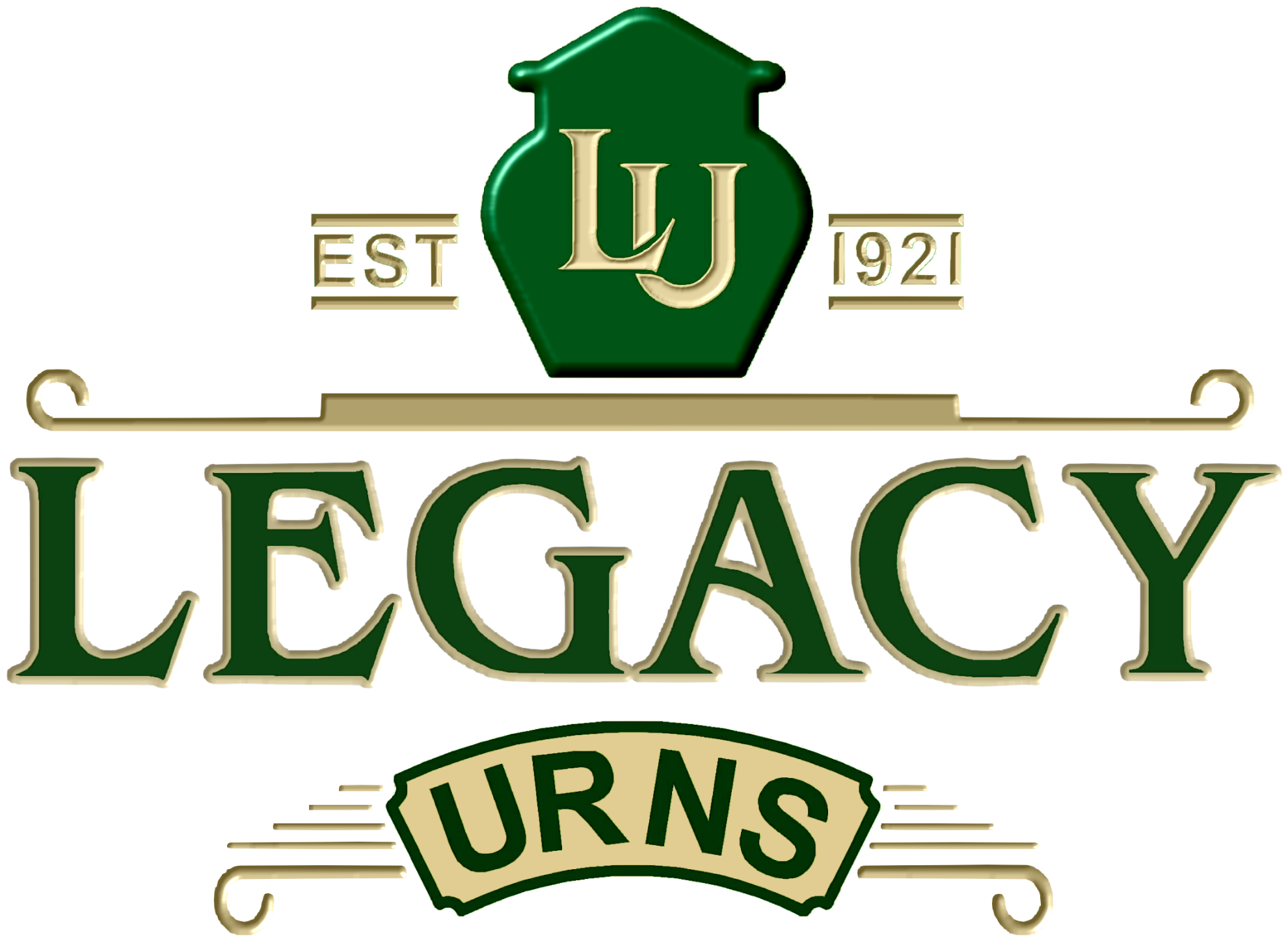Where cremation practices began precisely is not clear, but according to the Cremation Association for North America, most scholars can generally agree the practice currently dates back thousands of years in the archaeological record, with the Mungo Lady, the remains of a partly cremated body discovered at Lake Mungo, Australia.
While many look toward Europe and the Middle East when considering cremation traditions, we often overlook an important, many-storied history of cremation long observed by North American Indigenous tribes.
Today, there are more than 6.5 million North American Indigenous Americans within the U.S., who make up 574 Tribal Nations and Villages. Each tribe is different, coming with its beautiful, rich history and unique cultures surrounding life and death.
The Piman (Tohono O’odham) and Yuman Culture
Ancient cultures have flourished in North America and Southern Arizona for thousands of years, long before European settlers. The Tohono O'odham people trace their ancestry to the Hohokam, who made their homes in the desert along the Salt, Gila, and Santa Cruz Rivers. Tohono O'odham means "Desert People," and today, this tribe is comprised of 34,000 federally recognized Tohono O'odham Nation, and they reside on 2.8 million acres across the beautiful Sonoran Desert.
Historically, the Akimel O'otham and Tohono O'odham were some of the world's best basketmakers, and the Tohono O'odham continue to preserve this tradition. Yuman culture refers to any of the various Indigenous American groups traditionally lived within the lower Colorado River valley and adjacent areas in what is now Western Arizona and Southern California, as well as Baja California and Northwestern Sonora, Mexico.
The Yuma culture consists of several different Yuma-speaking tribes divided into four groups: Delta, River, Upland, and California.
Delta groups consist of tribes living along the lower Colorado River, including the Cocopa, Kahwa, and Halyikwamai. In the 19th century, the Kahwa and the Halyikwamai were battered by the Quechan-Mohave alliance, which merged with the Maricopa.
River groups lived along the Colorado River, which forms the border between Arizona and California, and those living along the Middle Gila River in Arizona. These tribes include the Quechan, Mohave, Yuma, Maricopa, Halchidhoma, and Kavalchadom. During the 19th century, the Halchidhoma and Kavalchadom merged with the Maricopa.
It is important to note here that the designation of Maricopa is an Anglo term, not the term the people use. They refer to themselves as the Pipatsje.
Upland groups in Northwest Arizona included the Walapai, Havasupai, and Yavapai. The Yavapai were divided into three groups: Yavapé, Tolkapaya, and Kewevkapaya.
Living West of the Colorado River and in California were the Diegueño, Kamia, Paipai, and Kiliwa.
Cremation Practices
Hualapai
Ha'yiđađa, known as the Colorado River, is revered for its life-giving properties. Ha'yiđađa means the backbone or the spine of the river. It is the belief that without the spine, Hualapai cannot survive as a people. The long expanse of the Colorado River through the canyon and its diverse ecosystems makes a profound way of life connection through the Hualapai people, and they maintain this connection through ties of sacredness to the Colorado River.
Among the Hualapai, the dead were traditionally cremated along with their worldly possessions. The souls of the dead departed for the ancestral land of Tudjupa in the west, and every year, they would burn clothing and food to commemorate the dead. The practice of cremation, however, was forcibly stopped by the U.S. Army in the 19th century as the U.S. required Christian burials.
Mohave
Among the Mohave, the deceased were also cremated using a funeral pyre. Orators would make speeches about the virtues of the deceased, and songs would be sung. Articles were burned with the deceased to accompany the soul to the land of the dead. After death, it was considered taboo to mention the names of the dead.
Cocopa
The Cocopa believe the soul leaves the body at the time of cremation and goes to the spirit land near the mouth of the Colorado River. However, should the deceased be twins, it is believed that they go to a different place and are continuously reincarnated. After death, the name of the deceased is never to be mentioned.
Quechan
The Quechan people believe that the signs of death begin to appear roughly three months in advance. These signs can include unexplained noises, dreams, and seeing the owl. The Quechan believe the owl represents a reincarnated member of the tribe and a messenger of warning.
After death, the Quechan place the body inside the Cry House, where the casket is placed so that the head faces east. Friends visit to say farewell for four days while the family fasts for four days. The soul of the deceased is free but remains earth-bound until the funeral pyre is lit. At the pyre, the casket is opened, and the body is placed on the pyre, on the side, with its face turned toward the north. Logs are placed upon the body, and blankets are on top.
Indigenous people's burial practices and rites are as varied and diverse as the world itself and deserve to be learned and preserved for generations to come. We look forward to many more Indigenous practices, religions, rites, and ceremonies being reclaimed and rediscovered in the coming years.
